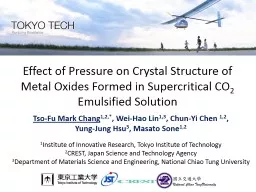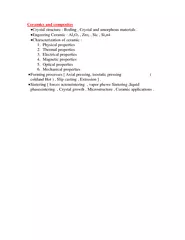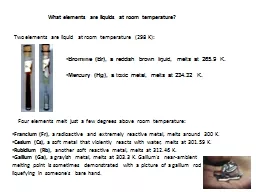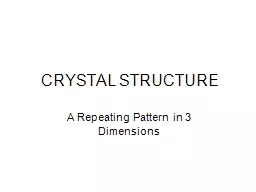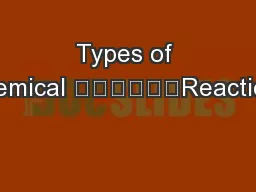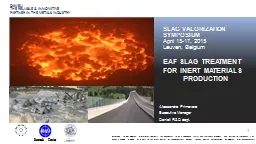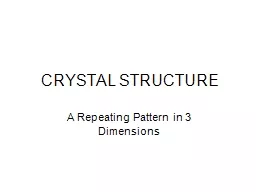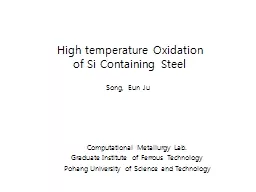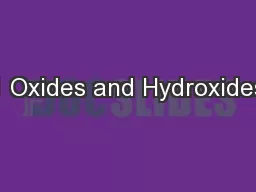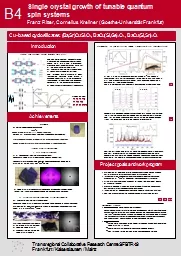PPT-Effect of Pressure on Crystal Structure of Metal Oxides For
Author : jane-oiler | Published Date : 2017-06-22
2 Emulsified Solution TsoFu Mark Chang 12 Wei Hao Lin 13 ChunYi Chen 12 YungJung Hsu 3 Masato Sone 12 1 Institute of Innovative Research Tokyo Institute
Presentation Embed Code
Download Presentation
Download Presentation The PPT/PDF document "Effect of Pressure on Crystal Structure ..." is the property of its rightful owner. Permission is granted to download and print the materials on this website for personal, non-commercial use only, and to display it on your personal computer provided you do not modify the materials and that you retain all copyright notices contained in the materials. By downloading content from our website, you accept the terms of this agreement.
Effect of Pressure on Crystal Structure of Metal Oxides For: Transcript
Download Rules Of Document
"Effect of Pressure on Crystal Structure of Metal Oxides For"The content belongs to its owner. You may download and print it for personal use, without modification, and keep all copyright notices. By downloading, you agree to these terms.
Related Documents

